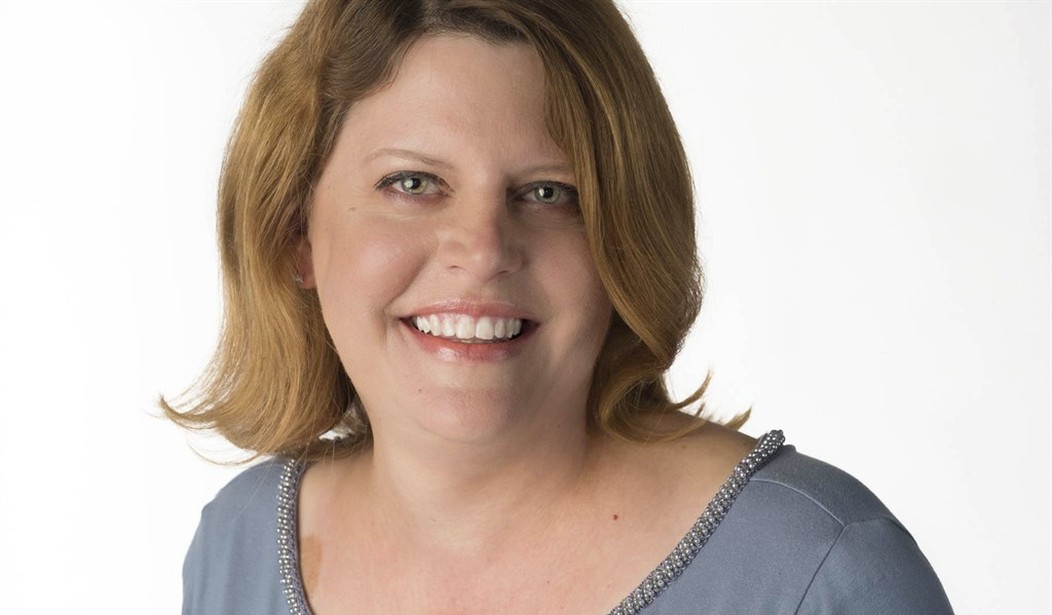The lesson here might be No good deed goes unpunished, but that’s a bit too glib under the circumstances. Politico’s deep dive into the outside hire by the Washington Post of its first female executive editor, Sally Buzbee, might at first be a case of political correctness eating its own. However, former WaPo reporter and Politico senior editor Paul Volpe has a point. Why did it take an outside hire to give the Post this kind of diversity claim?
The paper has women in executive positions, Volpe writes, but not where it matters:
Three of the four managing editors at the Post, where I worked for more than five years, are women—positions in charge of hiring and standards; digital; and diversity and inclusion—and there is a female deputy managing editor. Two of these were appointed in the past year, and none were in serious contention for the top position. (Three of the four editors declined to comment; the other did not respond to a request for comment.)
Traditionally, the people considered for the executive editor position are those in charge of coverage desks. And considering that, the numbers are stark for women at the Post. Currently, the managing editor in charge of news and features is a man. And virtually every major coverage area for which the Post is known has a man at its helm, including national, politics, foreign, local, investigations, national security, sports, Outlook, and health and science. The former business editor, who recently left and hasn’t yet been replaced, is a man. The editor of features is a woman.
The paper’s Washington editing corps is especially male. A reporter writing a story about Donald Trump’s White House would often be running it up a chain of five white men. By comparison, the Los Angeles Times appointed a woman to head its Washington bureau last year and the New York Times’ Washington bureau has been led by women since 2013. Women at the Times, where I also worked, are also now leading coverage of the White House, national security, economics and Congress.
This isn’t just a recent issue: business, politics, national, local and Outlook haven’t had a woman in charge in more than a decade. The foreign desk and editorial page haven’t been led by a woman for more than 20 years. There has never been a woman in charge of the Post’s sports coverage.
What makes this all the more interesting is that we’re not discussing a corporate workforce in a usual sense. We’re talking about one of the more prominent media outlets in the US. How did this lack of women in decision-making positions, especially in key promotion positions, escape notice? Why did it take this long to cover this phenomenon? Surely, with as much movement as one sees within journalistic ranks, Volpe isn’t the first WaPo ex-pat to grasp the situation at his old paper.
Had this situation developed in a more traditional corporation, one would imagine that the Post might have been inclined to cast a critical perspective. Over the past year, the paper has featured over two dozen stories over the past year involving or mentioning executive “glass ceilings” in one form or another. That makes their lack of insight into their own situation rather telling … if not hypocritical.
The Post might well have gone outside for its new executive editor even if they had developed women on that career path. Organizations sometimes prefer that for a fresh start as well as to overcome internal rivalries, even when they claim to prefer insider promotion. If the organization is seen as dysfunctional, that will sometimes add to the reasons to bring in an outsider. But the fact that the Post hasn’t been developing any gender diversity in its talent pool is very curious … and one has to wonder how many other media outlets would rather scrutinize others than themselves.








Join the conversation as a VIP Member